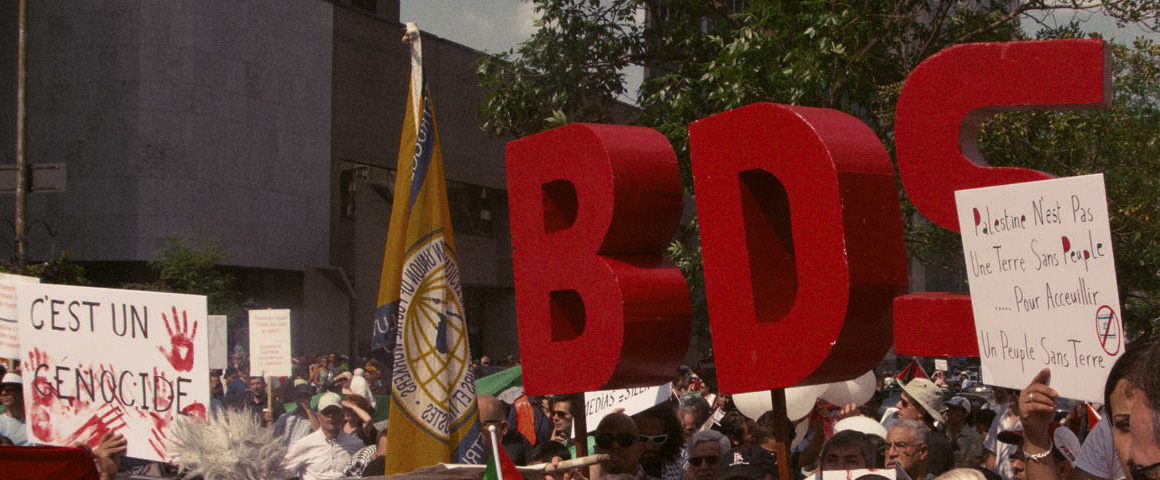Imagine the following scenario of a TV police/detective drama. People working in a large office building begin falling ill, one at a time, then more and more. Their symptoms are unusual, but very real. Most report hearing strange noises, but doctors cannot find any source or cause. Police investigate, and politicians get involved. Fingers are quickly pointed at a building across the street, which houses the offices of an organization engaged in humanitarian relief projects. Investigators have no physical evidence, and cannot explain why the accused would target their victims. But the accusation is sufficient. The accused are declared guilty before even facing legal charges or a trial.
Sounds implausible? Yet this is exactly the framework for the so-called “sonic attack” accusations against the Cuban government. US and Canadian diplomats and family members in Havana have been affected by a range of puzzling but quite severe health issues. The explanation? Without proof, US politicians immediately blamed Cuba for using a mysterious “sonic weapon” against the diplomats.
That narrative has been hammered home repeatedly since 2016 by the North American media, including a recent lengthy Globe and Mail story reporting on efforts by Canadian diplomats stationed in Havana to seek compensation.
Any critical thinker who reads detective novels or watches similar TV dramas will notice many holes in the “sonic attack” claim. Let’s take a few moments to unpack the story, using logic and science to guide us, plus several simple rules for police investigations.
One rule is “just the facts, ma’am” as Sgt. Joe Friday was alleged to say on Dragnet. (He didn’t really, but it’s a good starting point.) Next, remember “Occam’s Razor” – the principle that the simplest explanation is most often the correct one. And finally, recall the three basic requirements needed to identify a potential crime suspect: “means, motive and opportunity.”
First, however, we need to ask whether a crime has been committed. To some it appears obvious – many people have a range of serious health issues, therefore somebody or some group is responsible. Yet logic defies this simplistic assumption. Large numbers of people frequently fall ill or suffer injury, in circumstances which may or may not be criminal.
Every year, millions of working people die on the job, or suffer illness or injury, because of cost-cutting decisions by capitalist employers to skimp on safety equipment or training, or to force workers into sweatshops on the verge of collapse, or to expose them to dangerous chemicals and substances. These cases fall into the category of criminal actions committed for private profit, although rarely are they prosecuted as such.
Other cases are more complex, such as the engineer who misplaced a decimal point, leading to the death of 10 ironworkers when the Second Narrows Bridge collapsed in Vancouver sixty years ago. Or the fateful decision by Chernobyl nuclear plant officials to run unauthorized experiments on the night shift.
Then there are various diseases, for which nobody is responsible: the Spanish flu epidemic, the Black Death, Norwalk virus outbreaks.
In the case of the Havana diplomats, there is no definitive evidence that any individual or group of people have committed any criminal action.
That takes us back to the question of how to investigate this case, using the “means, motive and opportunity” process. Depending on circumstances, any one or two of these categories could suffice to bring charges. Consider the hypothetical case of two people known to be the only inhabitants of a remote Pacific island. A friend arrives to check on the pair, and finds one dead on the beach, with a machete buried deep in his back. That rules out suicide, so there is a very high degree of likelihood that the other, who had the means and opportunity, is the killer. Motive may be relevant, but probably not necessary to consider it murder.
In the “Havana Syndrome” case, “opportunity” is clearly available. But just because people became ill in Cuba, does not mean that Cubans were responsible. Means (the cause of the illnesses) and motive are also necessary.
Here’s where the story goes into speculation. One popular explanation points to a Caribbean cricket or cicada known to make loud noises. Unfortunately, this explanation is unconvincing upon closer examination. As Allen Sanborn, a biologist at Barry University, says, “[A cicada] wouldn’t really hurt you unless it was shoved into your ear canal.”
The “invisible smoking gun” in this case is the mysterious sonic weapon, since of course the victims heard a variety of strange sounds. However, no such weapon is known to exist, nor is there even a shred of evidence that the Cubans have researched such diabolical technology.
As an avid reader of science fiction since about the age of ten, I can personally testify that many futuristic weapons described in the novels of Bob Heinlein and Isaac Asimov have not yet appeared on 21st century Earth. Anybody can imagine a sonic weapon, but this does not make it a real, usable artifact. No reputable scientist has offered even a vague description of how to construct such a weapon. The crucial “means” required to narrow down suspects in this case is a total fantasy seized upon by anti-Cuba politicians and gullible journalists. No outside factors have been measured or recorded, pointing to the much greater likelihood that this is not a case of criminal action.
Then we come to “motive”, which is largely ignored by those who accuse Cuba of responsibility. Why? Because none of them have advanced any reason why Cuba would attack both US and Canadian diplomats.
Revolutionary Cuba has a vast depth of political understanding, acquired through decades of careful observation and practice of global affairs. Otherwise, the “island of socialism” would have been returned to the capitalist fold many years ago. One factor in Cuba’s survival against the US embargo has been its skill in promoting cooperation and understanding with other countries, including Canada, which (along with Mexico) has always resisted Washington’s pressure to break off diplomatic relations.
The reasons for Canada’s policy are interesting but not immediately relevant for this article. The fact is that the Cuban leadership has every reason to improve and build upon their country’s long history of good relations with Canada, and zero reasons to antagonize Canada by engaging in utterly stupid, pointless and criminal “sonic attacks” on diplomats in Havana. There is simply no motive, period.
In sum, the “sonic attack” accusations boil down this absurd argument: since the diplomats fell ill in Havana, they must have been targetted by the evil leaders of Cuba, who somehow managed to build futuristic and fiendish weapons which they wield arbitrarily and against their own interests. Does this many any sense? No. Is there any evidence for the accusations? No.
That begs the question: what did happen to the diplomats and their family members? Medical experts with no political axe to grind have suggested a more prosaic but far more believable possibility. They point to similar cases around the world, in which groups of people in highly stressful and relatively confined situations begin to share very real health symptoms. The human brain and body are part of one organism, and physical symptoms are often related to mental or psychological stress.
Robert Bartholomew, the author of Outbreak! The Encyclopedia of Extraordinary Social Behavior, and an expert in field of mass hysteria and mass psychogenic illness, was quoted by Newsweek (Oct. 23, 2017), saying “I am convinced that we are dealing with an episode of mass psychogenic illness and mass suggestion. If these same symptoms were reported among a group of factory workers in New York or London, I think you would get a very different diagnosis, and there would be no consideration to a sonic weapon hypothesis.”
But of course, anti-Communist politicians like Canada’s Foreign Minister Chrystia Freeland refuse to consider relying on “just the facts.” They get more political mileage from hurling baseless accusations, so we will probably hear the “sonic weapon” lies for years to come.



